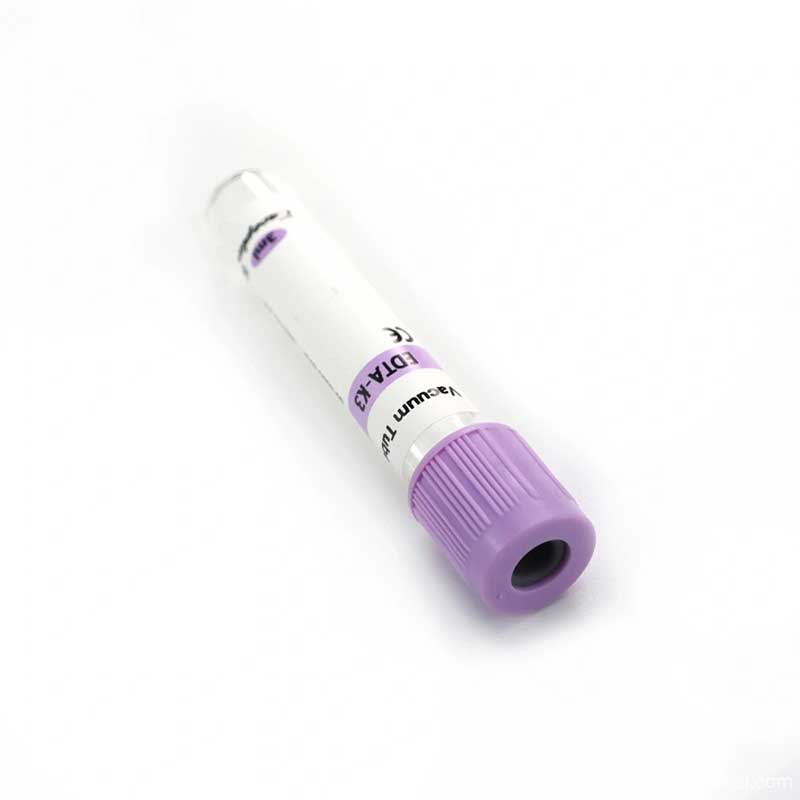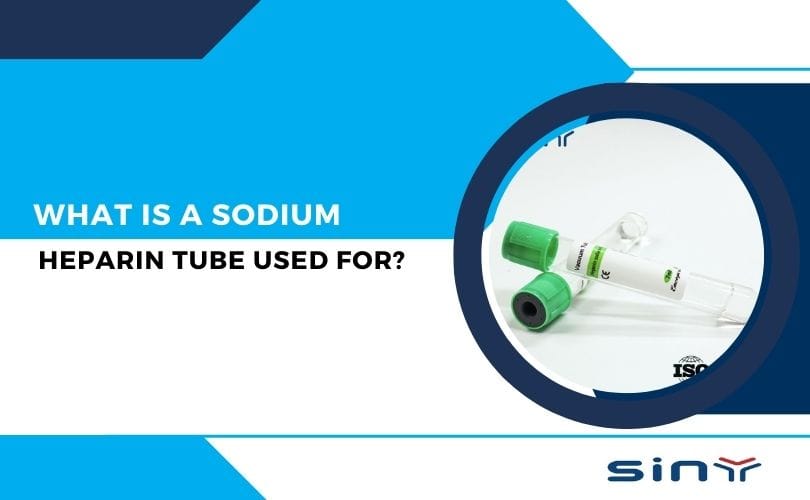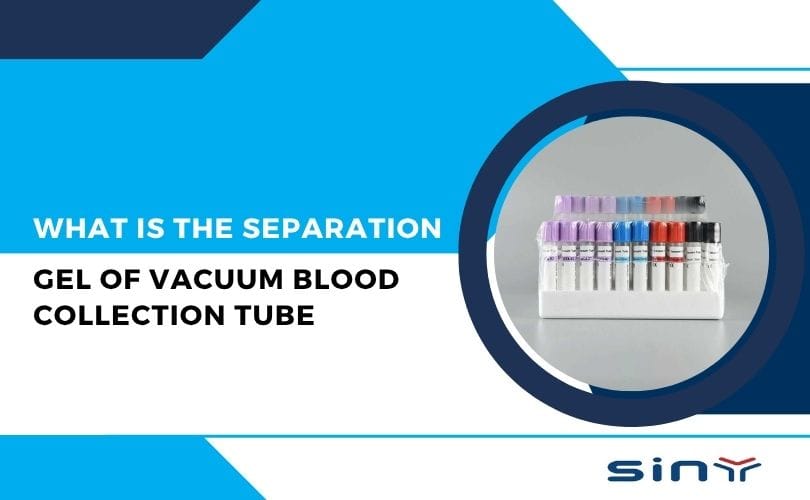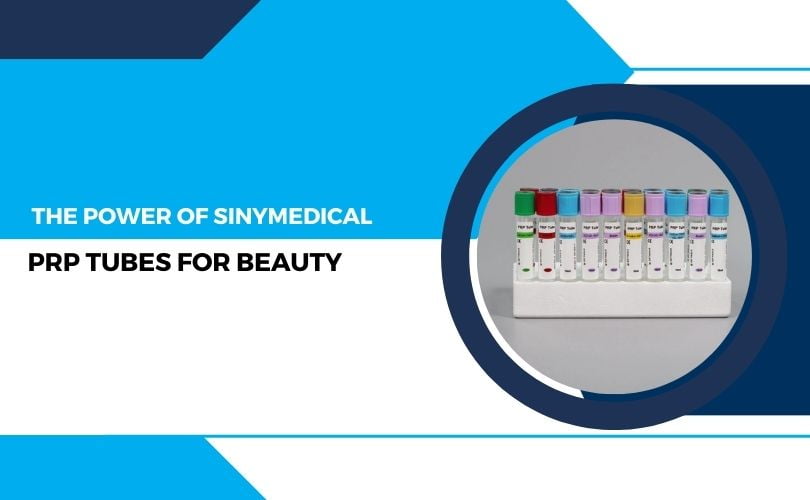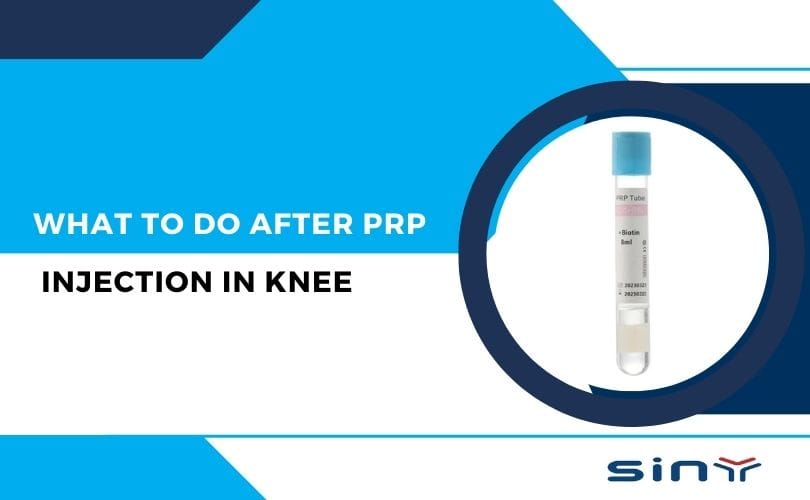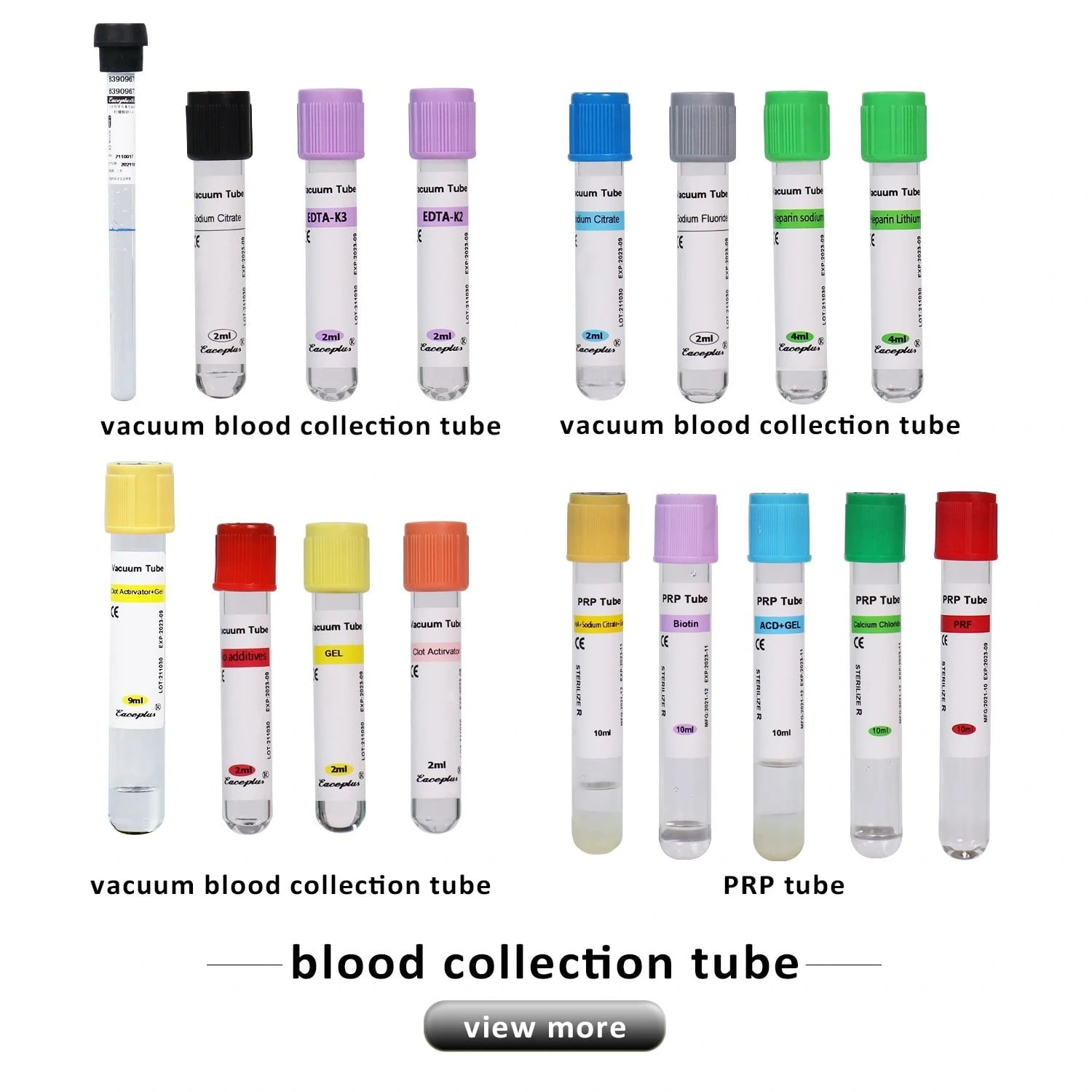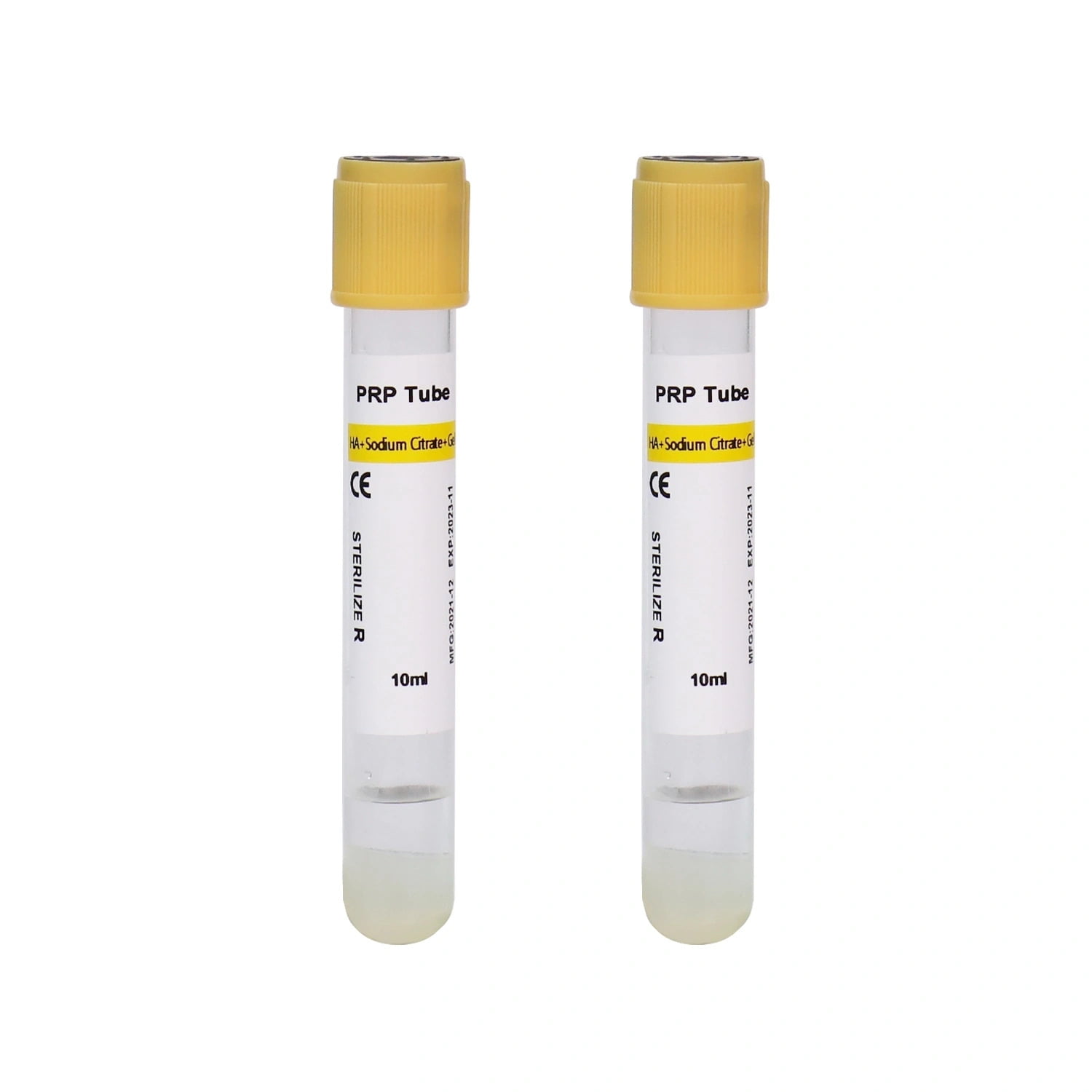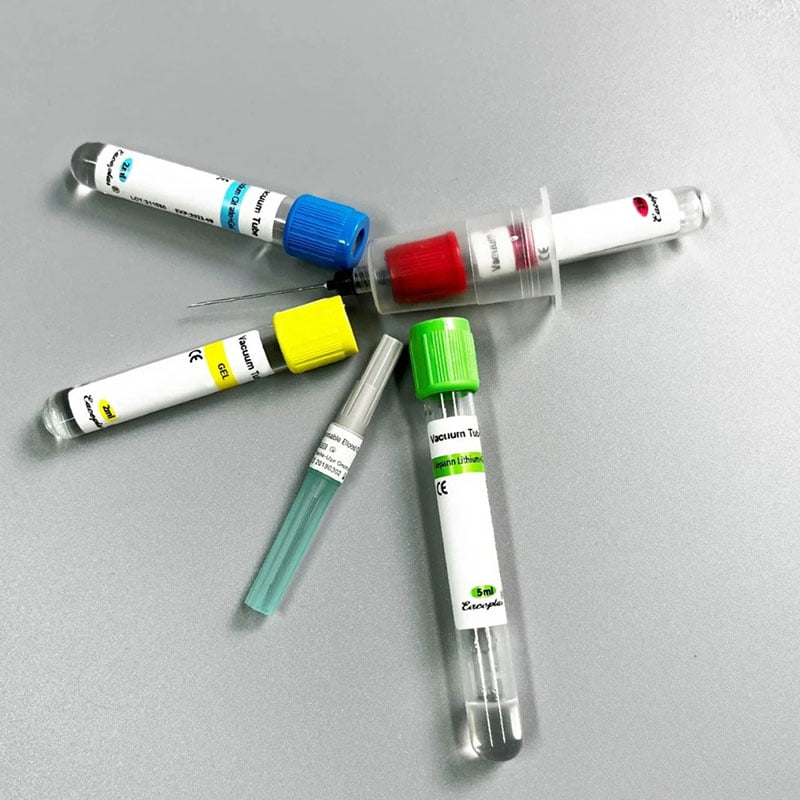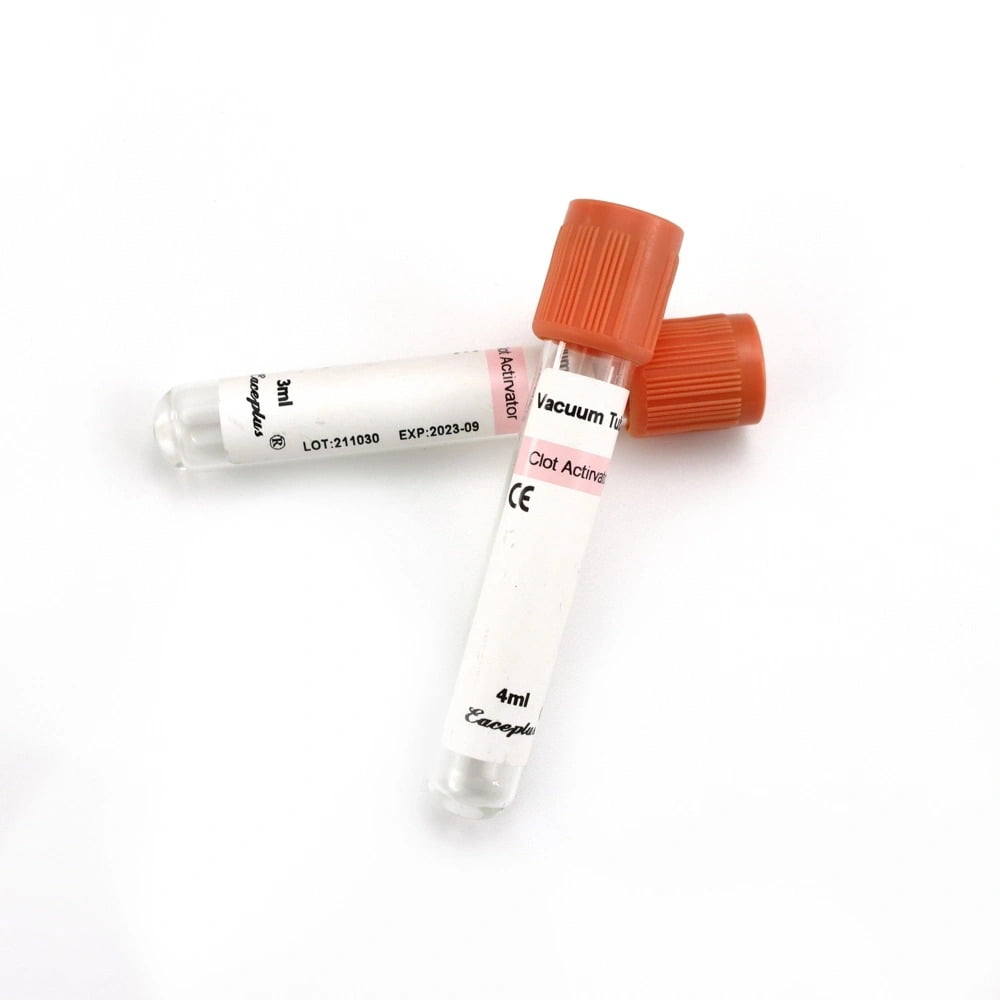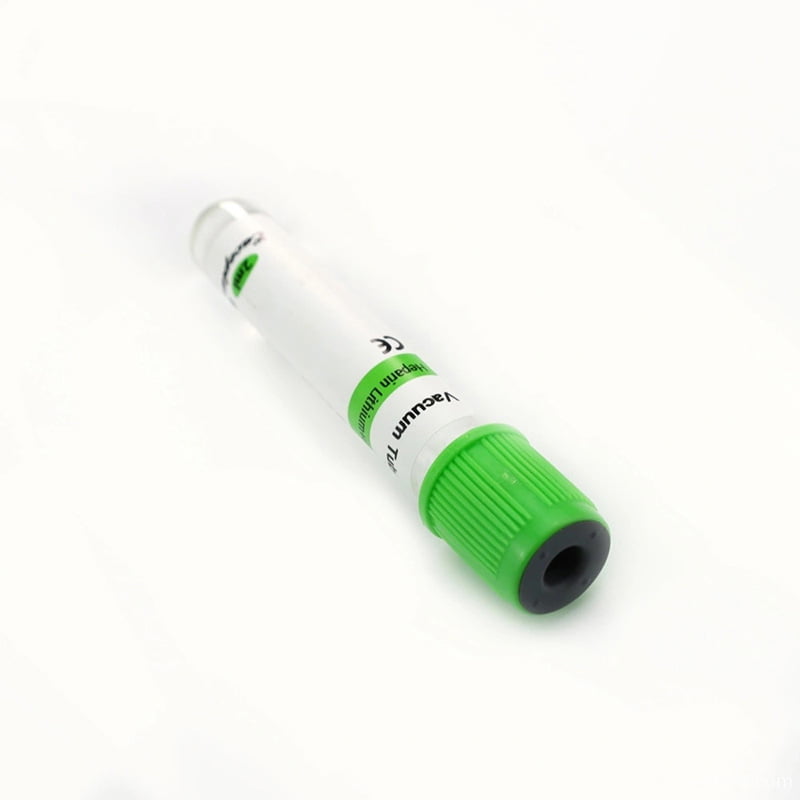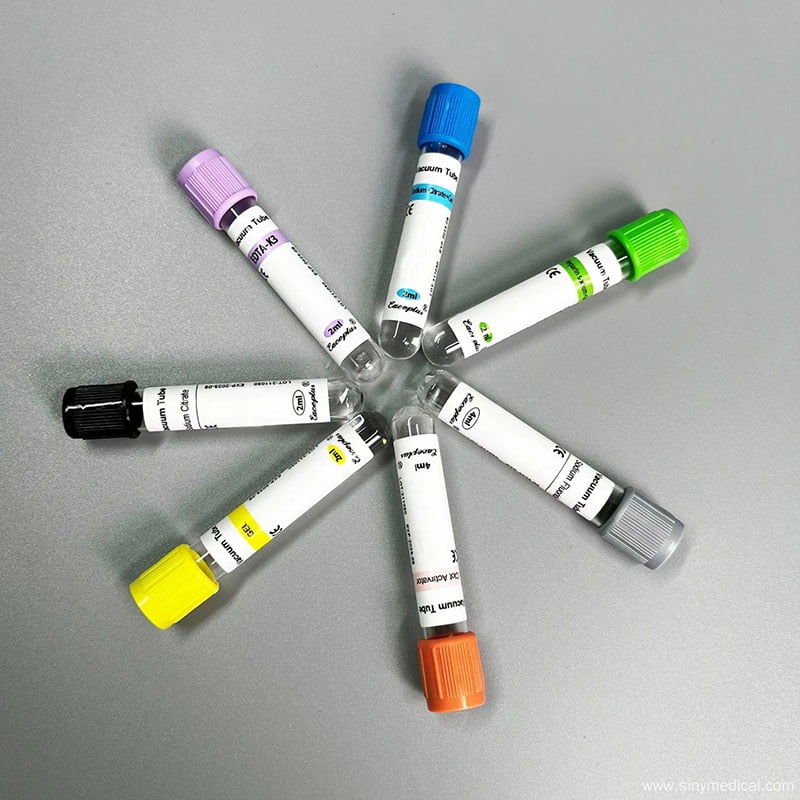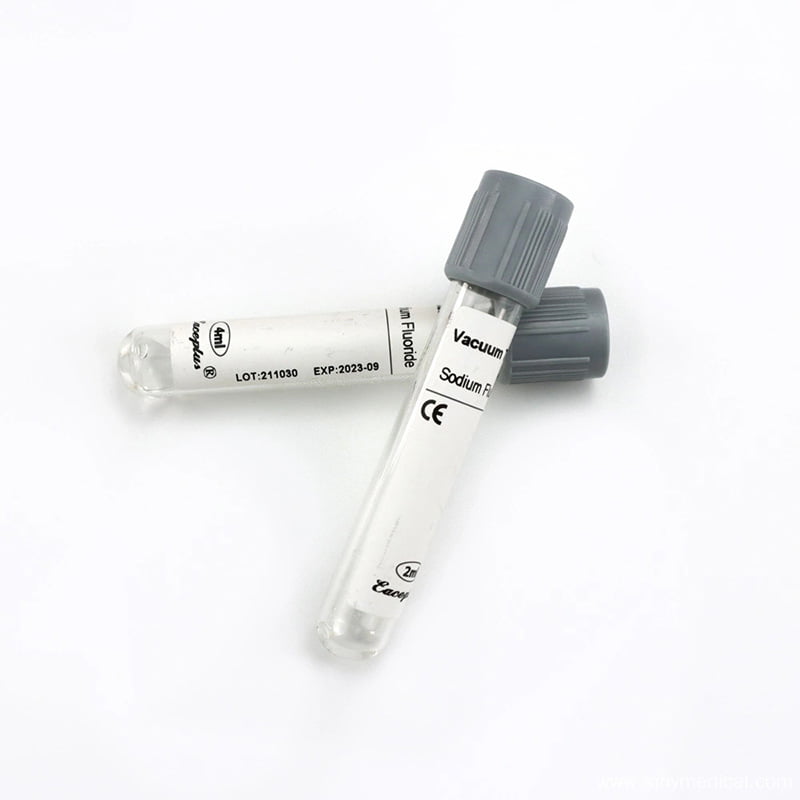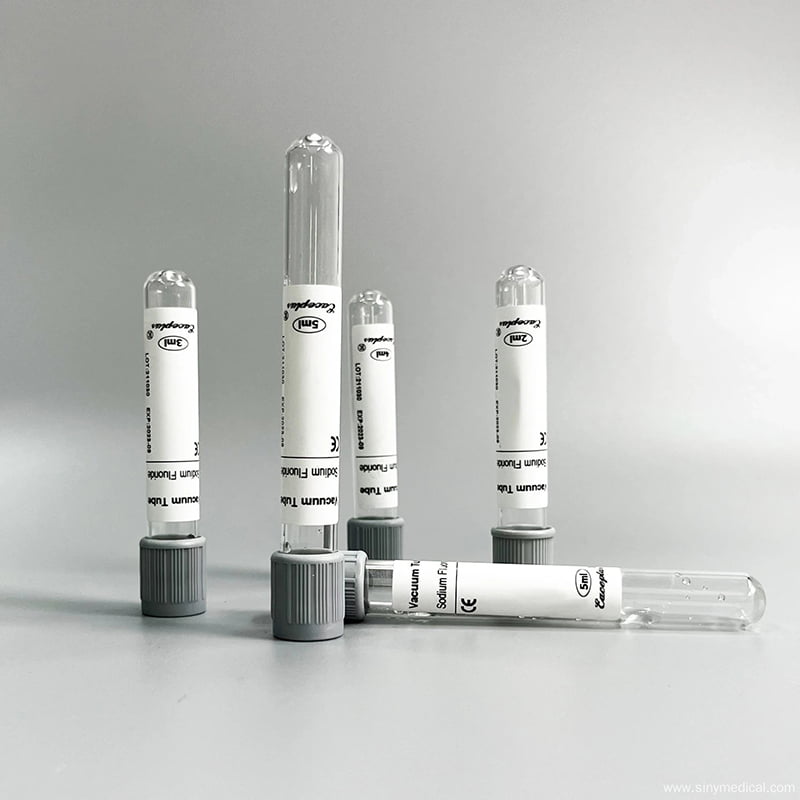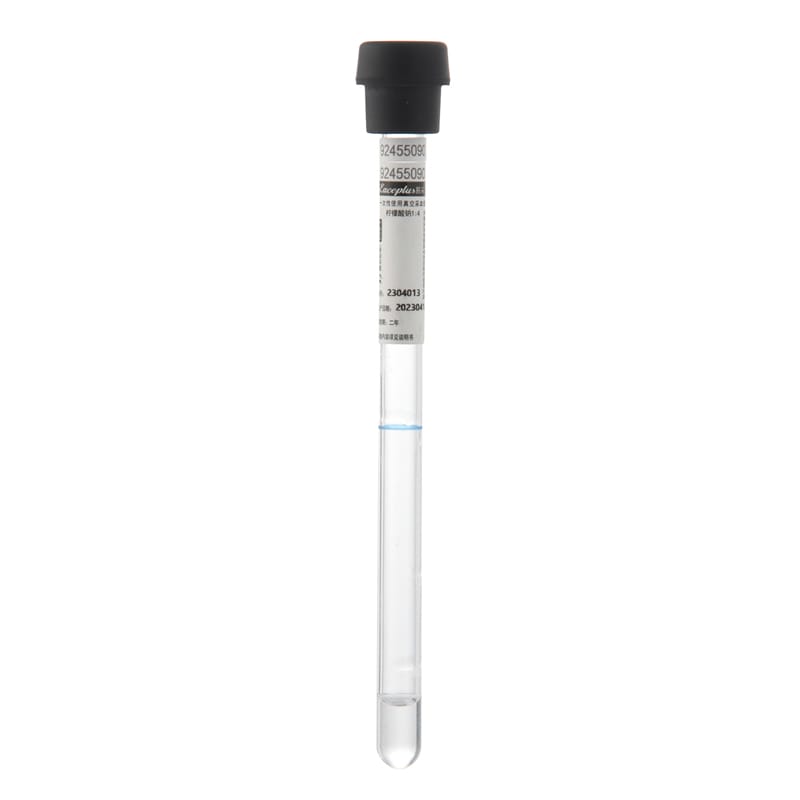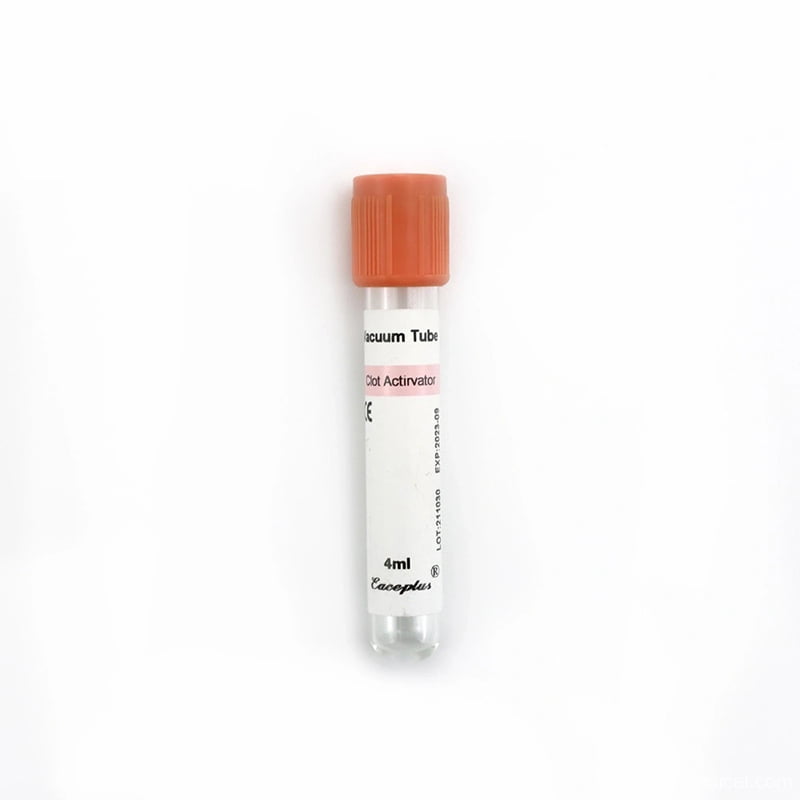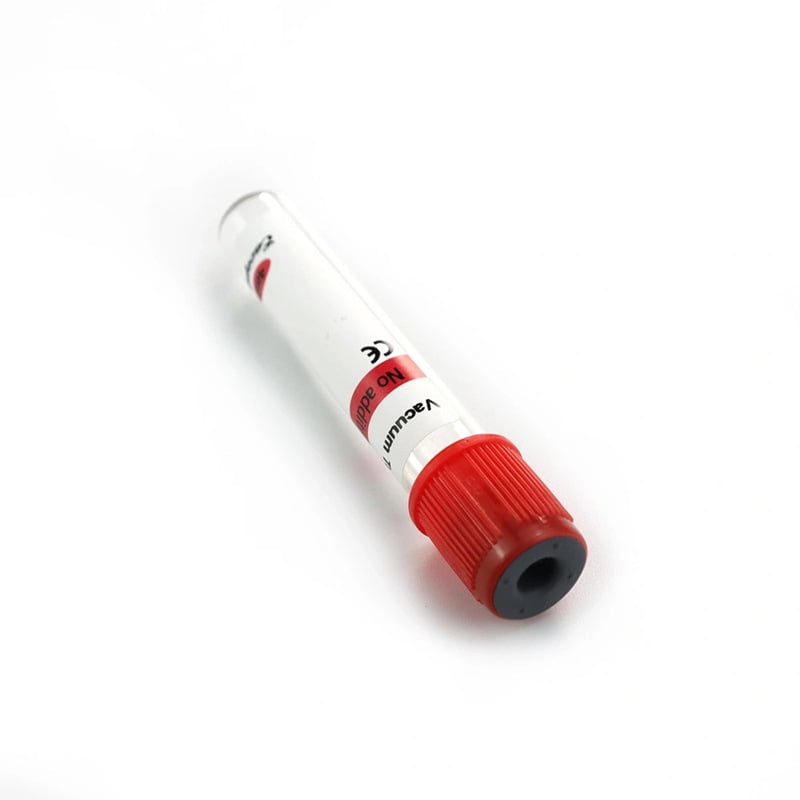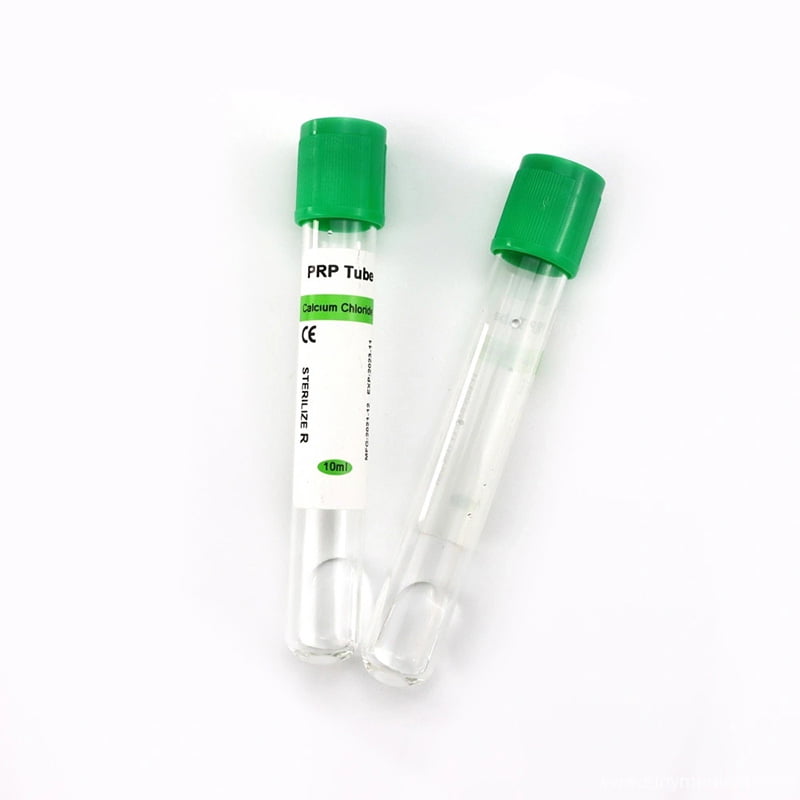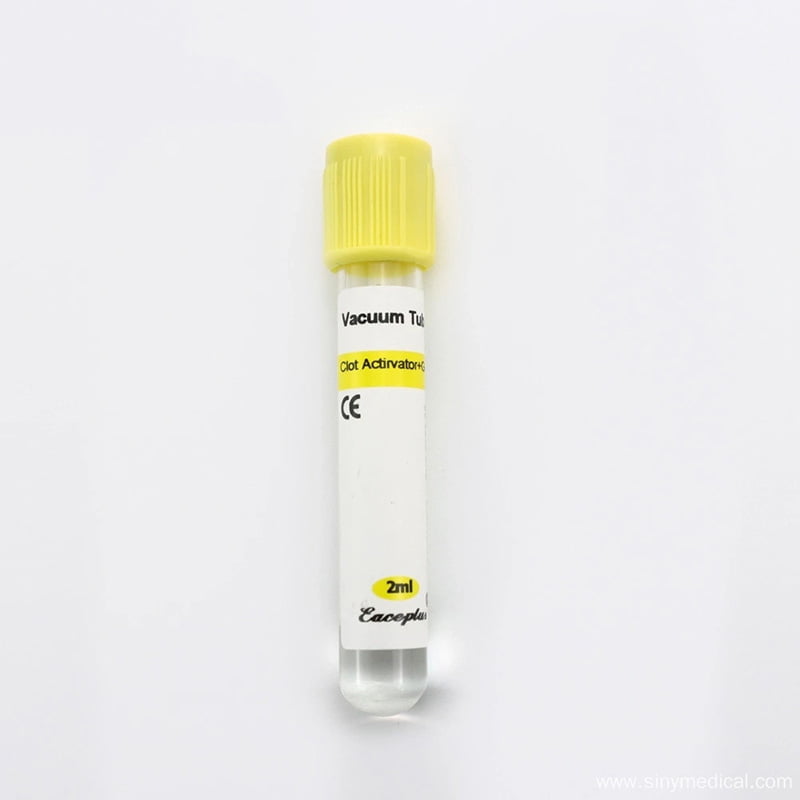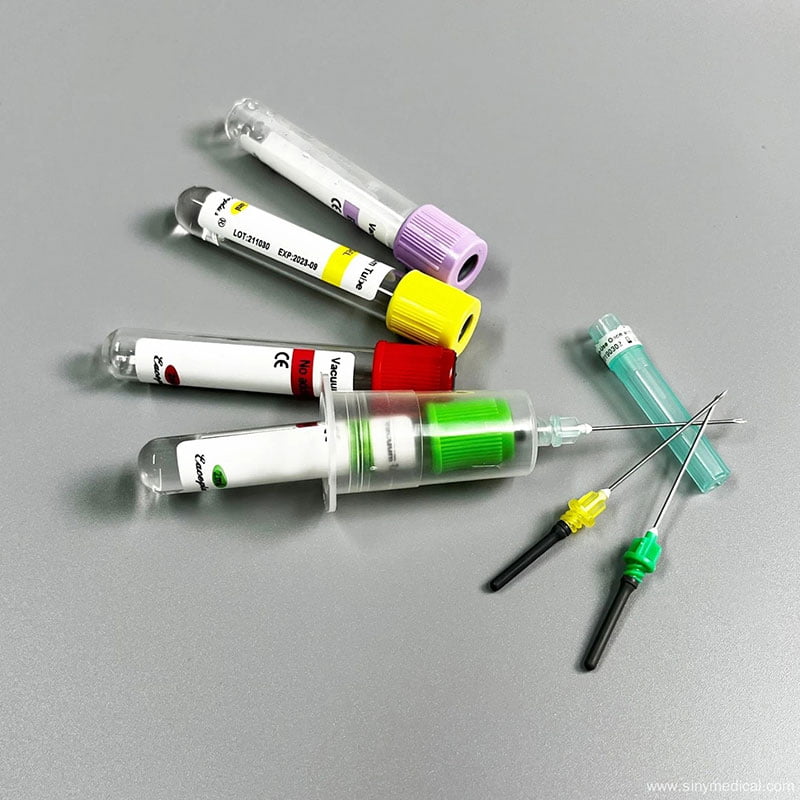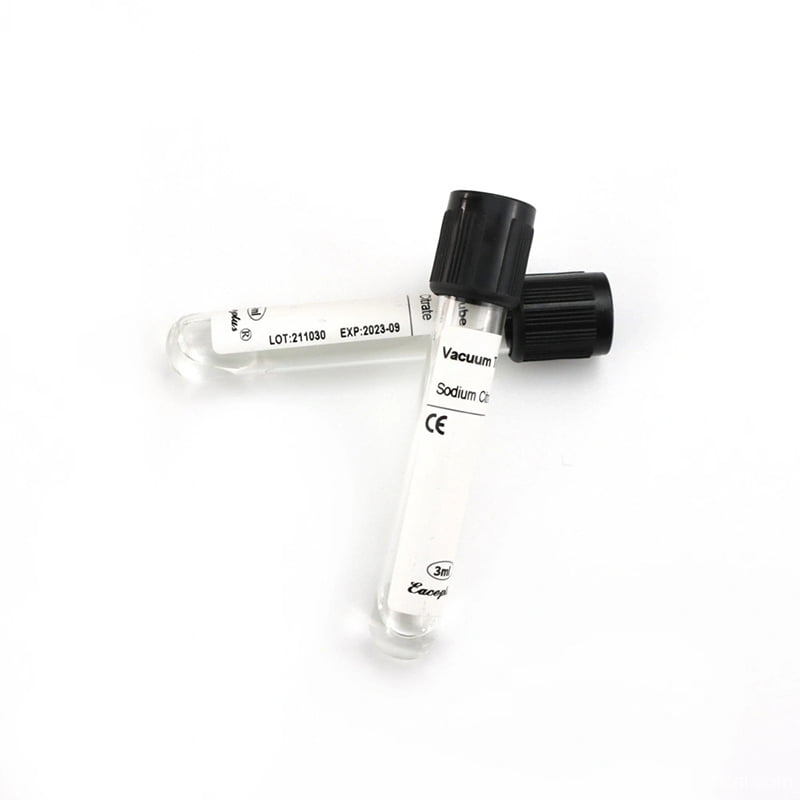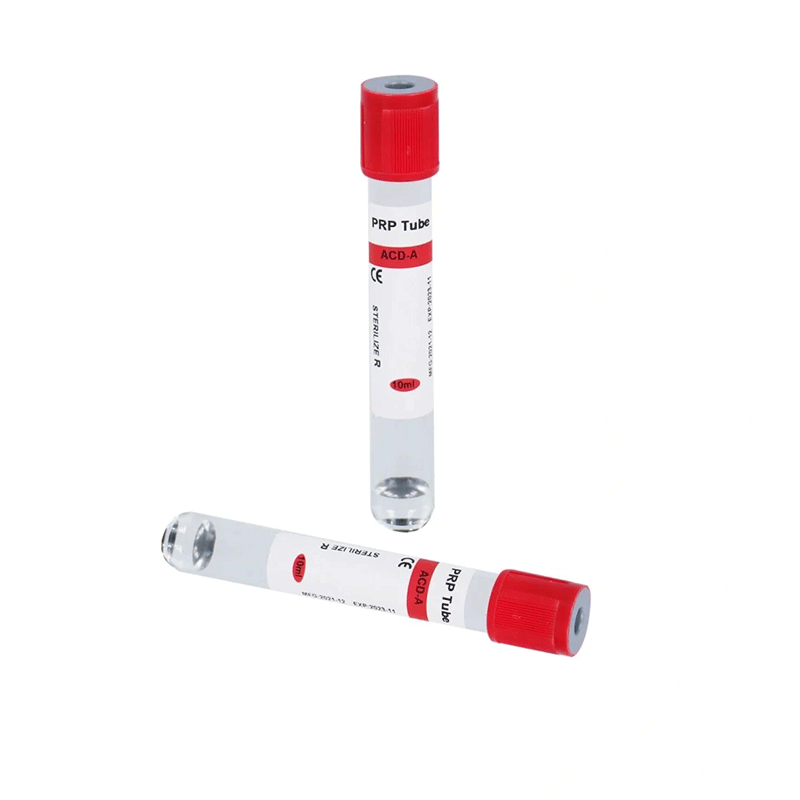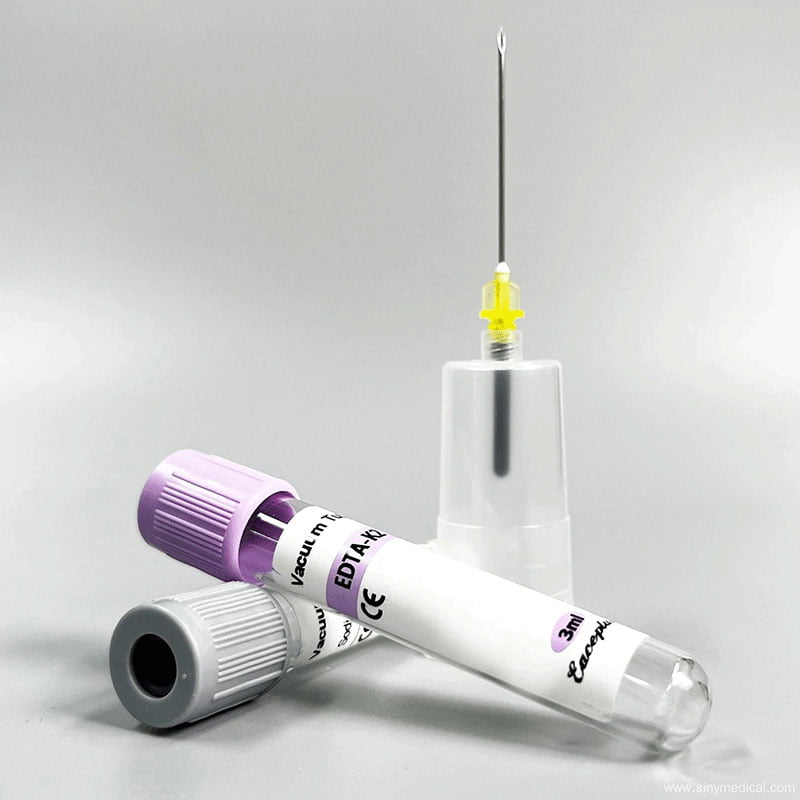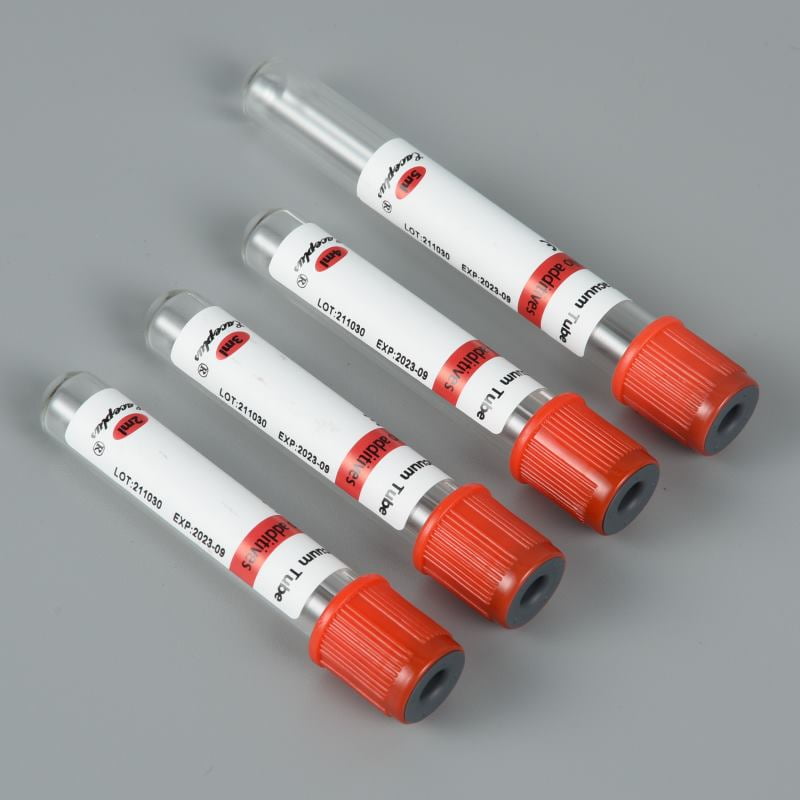As precision medicine continues to evolve, cell-free DNA (cfDNA) testing has emerged as a powerful, non-invasive diagnostic tool. From prenatal screening and cancer monitoring to transplant rejection surveillance, cfDNA has demonstrated immense clinical value. However, a critical and often overlooked factor determines the reliability of cfDNA testing results—how the sample is collected and preserved. This is where the cell-free DNA collection tube plays an irreplaceable role.
Table of Contents
What Is a Cell-Free DNA Collection Tube?
As precision medicine continues to evolve, cell-free DNA (cfDNA) testing has emerged as a powerful, non-invasive diagnostic tool. From prenatal screening and cancer monitoring to transplant rejection surveillance, cfDNA has demonstrated immense clinical value. However, a critical and often overlooked factor determines the reliability of cfDNA testing results—how the sample is collected and preserved. This is where the cell-free DNA collection tube plays an irreplaceable role.
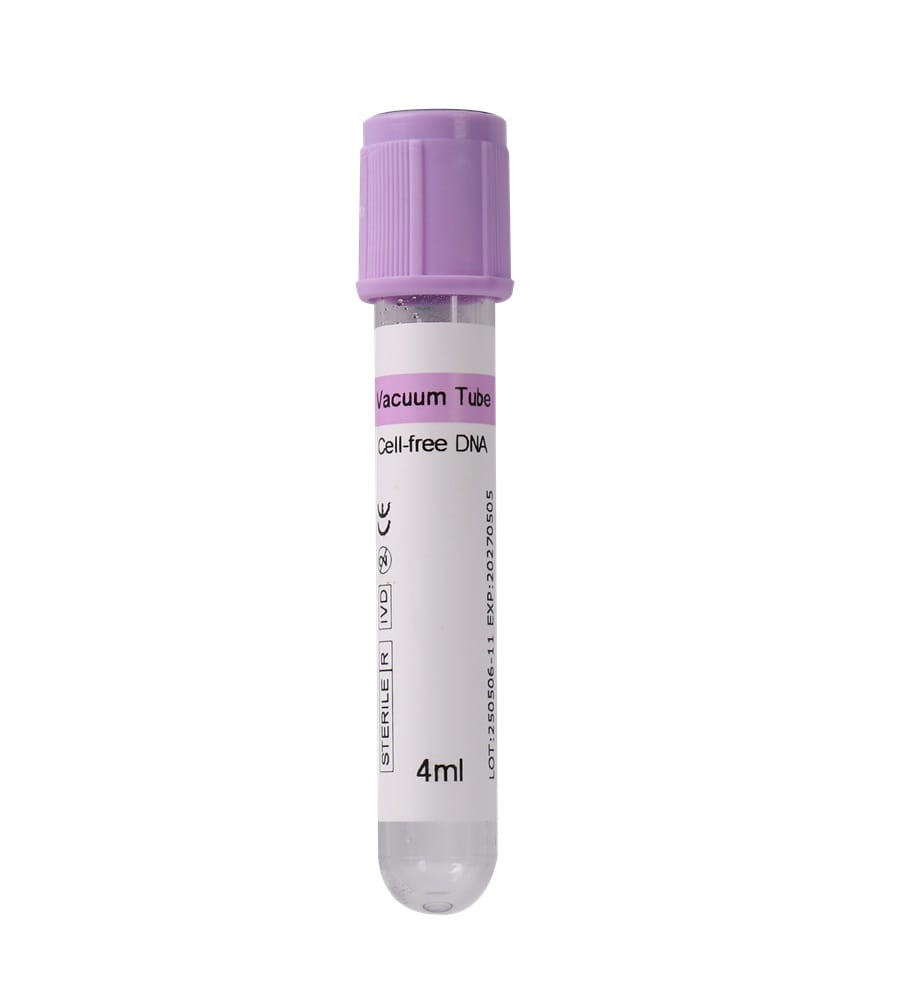
At Siny Medical, we specialize in high-quality medical supplies, including advanced DNA collection tubes designed to ensure sample integrity for accurate diagnostics.
What Is Cell-Free DNA?
Cell-free DNA refers to extracellular DNA fragments found in plasma and other bodily fluids, typically released through natural cell apoptosis or necrosis. These fragments usually measure around 150–200 base pairs in length. Because cfDNA can be extracted from peripheral blood, it has become an ideal source for liquid biopsy—offering non-invasive sampling, high sensitivity, and the possibility of repeated testing.
Major clinical applications of cell-free DNA include:
- Non-Invasive Prenatal Testing (NIPT): Screening for fetal chromosomal abnormalities.
- Cancer Monitoring: Detecting tumor-derived ctDNA for early diagnosis and treatment tracking.
- Organ Transplantation: Monitoring donor-derived DNA to assess the risk of rejection.
- Inflammatory and Traumatic Conditions: Evaluating immune responses and tissue damage.
What Is a Cell-Free DNA Collection Tube?
A cell-free DNA collection tube is a specially designed vacuum blood tube preloaded with stabilization reagents to preserve cfDNA integrity after blood draw. Unlike standard anticoagulant tubes, these tubes inhibit white blood cell lysis and nuclease activity immediately after collection, effectively preventing contamination from genomic DNA (gDNA).
These specialized tubes are particularly valuable when immediate processing is not feasible, allowing safe sample transport and delayed analysis without compromising of DNA quality.
How Does a Cell-Free DNA Tube Work?
Cell-free DNA collection tubes utilize multiple mechanisms to protect sample integrity:
- Stabilizing Cell Membranes: Prevents cell rupture and release of genomic material.
- Inhibiting Nucleases: Preserves cfDNA from enzymatic degradation.
- Maintaining Physiological Conditions: Balances pH and osmolality to reduce cellular stress.
- Anticoagulation: Prevents clotting and facilitates clean plasma separation.
These features enable the sample to remain stable at ambient temperatures for several days, offering significant flexibility in logistics and processing.
Advantages and Disadvantages of Cell-Free DNA Tubes
Advantages:
- Minimizes gDNA Contamination: Enhances cfDNA test sensitivity and specificity.
- Room Temperature Storage: No need for cold chain transportation.
- Delayed Processing: Supports centralized labs and remote collection sites.
- User-Friendly: Compatible with standard phlebotomy techniques.
Disadvantages:
- Higher Cost: The use of specialized stabilizers increases manufacturing costs.
- Limited for General Testing: Not suitable for routine blood analysis.
- Finite Stability Period: Typically recommended to process within 7–14 days.
- Regulatory Scope May Vary: Some versions are for Research Use Only (RUO) and not approved for clinical diagnostics in all markets.
Comparison with Other DNA Testing Tubes
Compared to standard EDTA or Heparin anticoagulant tubes, cell-free DNA tubes offer several critical advantages:
Comparison Cell-Free DNA Tubes with Other DNA Testing Tubes
| Feature | Standard EDTA/Heparin Tubes | Cell-Free DNA Collection Tubes |
|---|---|---|
| Purpose | General blood analysis | Specific cfDNA preservation |
| Stabilization of Cells | No | Yes, inhibits WBC lysis |
| Prevention of Genomic DNA Contamination | No | Yes |
| Sample Stability at Room Temperature | Up to 2 hours | Up to 14 days |
| Shipping Conditions | Require rapid cold transport | Room temperature shipping |
| Usage in Molecular Diagnostics | Limited – risk of false negatives due to gDNA contamination | Ideal for liquid biopsies and NIPT |
| Cost | Lower | Higher |
This comparison highlights that cell-free DNA tubes are a purpose-built technology fundamentally improving cfDNA analysis reliability, rather than replacing standard anticoagulant tubes (explore more blood collection options).
Summary
A cell-free DNA collection tube is more than just a container—it’s the foundation for high-quality molecular diagnostics. As the demand for cfDNA testing continues to rise, proper sample collection and preservation are essential. Selecting the right cfDNA tube is the first step toward reliable, accurate, and clinically meaningful results.
For more information on blood collection tubes and related products, visit Siny Medical. Explore our range of disposable sterile blood collection tubes and learn about the shelf life of blood collection tubes. For inquiries, feel free to contact us.
For additional resources, check out our YouTube channel and Made-in-China profile.
FAQs
1. Can I use a cfDNA tube for routine hematology tests?
Not recommended. The stabilizers may interfere with other lab analyses. Use only for cfDNA applications.
2. Do cfDNA tubes require cold storage for transport?
Most are designed for ambient conditions and do not require refrigeration. Always follow the manufacturer’s specifications.
3. Can I ship collected samples between collection sites and central labs?
Yes. This is one of the core benefits of cfDNA tubes—supporting safe transport and delayed processing.
4. Are cfDNA tubes compatible with standard blood draw methods?
Yes, the collection process is similar to other vacuum tubes, though specific usage instructions must be followed.
5. Who needs cell-free DNA tubes the most?
Clinics and labs involved in NIPT, oncology liquid biopsy, organ transplant monitoring, and genetic testing.
6. How long can samples be stored in cfDNA tubes?
Typically 7-14 days at room temperature, but check specific product guidelines.
7. What happens if I use an expired cfDNA tube?
Expired tubes may lose vacuum or reagent efficacy, leading to contamination—always verify dates.

